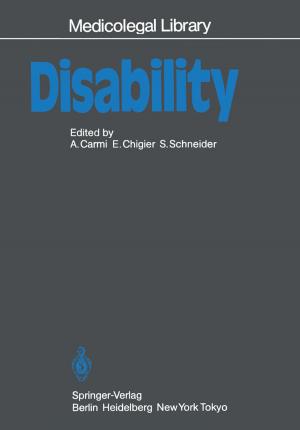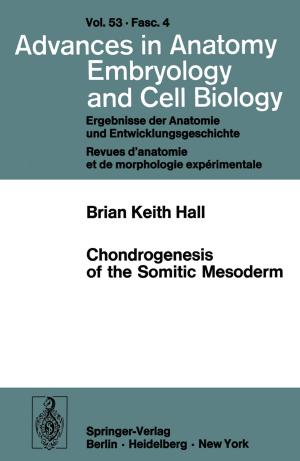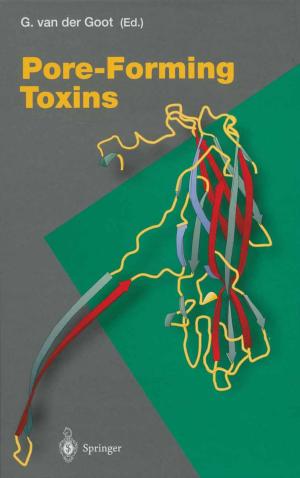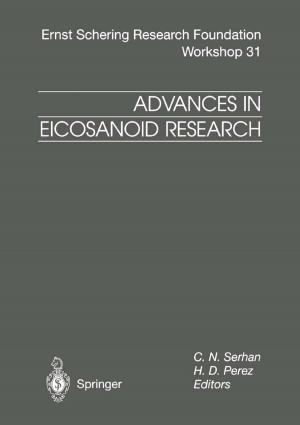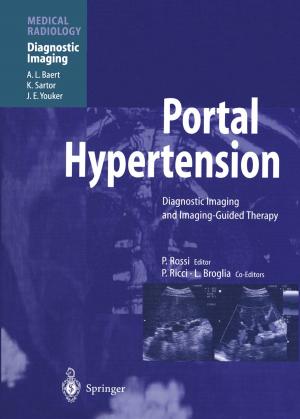Cell death in the morphogenesis and teratogenesis of the heart
Nonfiction, Health & Well Being, Medical| Author: | T. Pexieder | ISBN: | 9783642661426 |
| Publisher: | Springer Berlin Heidelberg | Publication: | December 6, 2012 |
| Imprint: | Springer | Language: | English |
| Author: | T. Pexieder |
| ISBN: | 9783642661426 |
| Publisher: | Springer Berlin Heidelberg |
| Publication: | December 6, 2012 |
| Imprint: | Springer |
| Language: | English |
In spite of the continuing progress of research in the fields of cellular and molecular biology, which has oriented many embryologists towards molecular biology, no concrete explanation of morphogenesis has yet been found. The present state of knowledge of heart development is characterized by an enormous discrepancy between the qualitative descriptions of what happens on the organ level and the more or less quantitative information on subcellular and molecular events. It is generally not understood how cells form tissues and how tissues generate particular forms of an organ. In an attempt to fill the gaps we systematically studied in the period 1968 to 1973 one of the general but rather neglected morphogenetic mechanisms which integrates cells into tissues and organs-cell death. Only a small part of our research on cell death in the development of chick, rat and human embryo hearts has as yet been published in extenso. Most of it has been communicated in papers delivered at different scientific meetings. We would like to use the opportunity offered by Advances to present a syn thesis and integrative review of our results. In this way the actual period of discovery of the existence of cell death and of its morphogenetic role in the heart development come to an end. This opens up the next phase of our research which consists in studies of how cell death is integrated with other morphogenetic mechanisms.
In spite of the continuing progress of research in the fields of cellular and molecular biology, which has oriented many embryologists towards molecular biology, no concrete explanation of morphogenesis has yet been found. The present state of knowledge of heart development is characterized by an enormous discrepancy between the qualitative descriptions of what happens on the organ level and the more or less quantitative information on subcellular and molecular events. It is generally not understood how cells form tissues and how tissues generate particular forms of an organ. In an attempt to fill the gaps we systematically studied in the period 1968 to 1973 one of the general but rather neglected morphogenetic mechanisms which integrates cells into tissues and organs-cell death. Only a small part of our research on cell death in the development of chick, rat and human embryo hearts has as yet been published in extenso. Most of it has been communicated in papers delivered at different scientific meetings. We would like to use the opportunity offered by Advances to present a syn thesis and integrative review of our results. In this way the actual period of discovery of the existence of cell death and of its morphogenetic role in the heart development come to an end. This opens up the next phase of our research which consists in studies of how cell death is integrated with other morphogenetic mechanisms.

